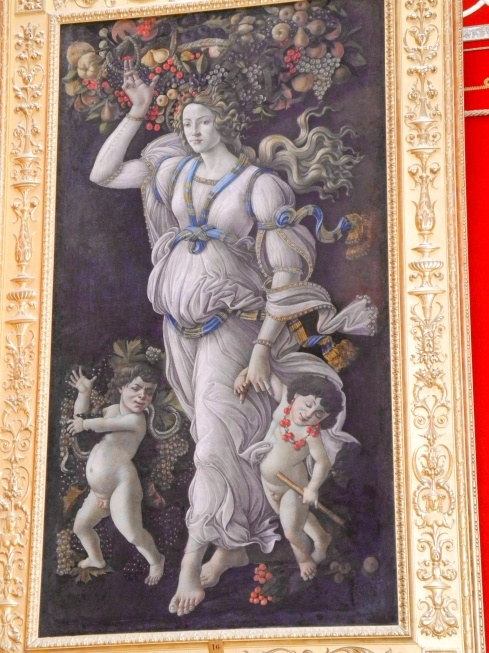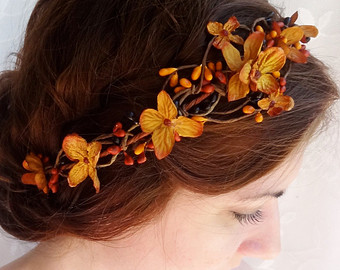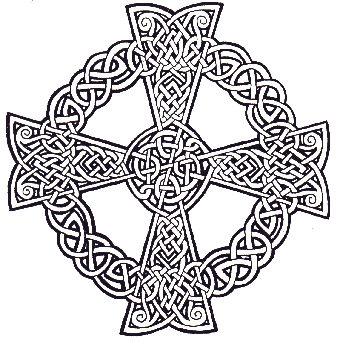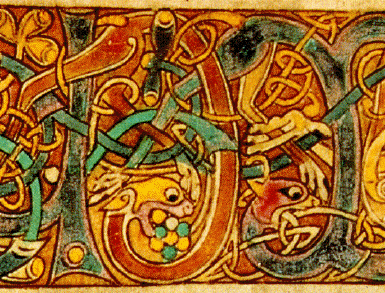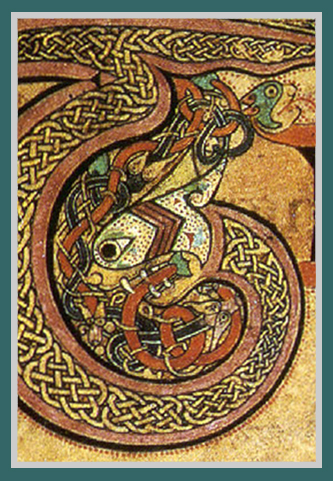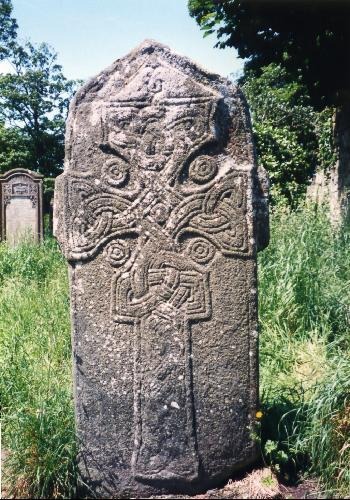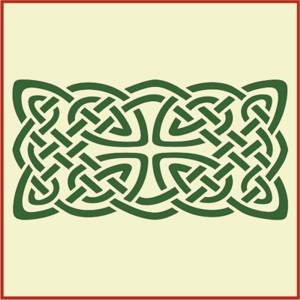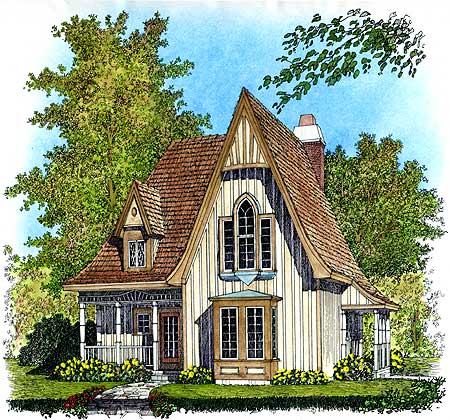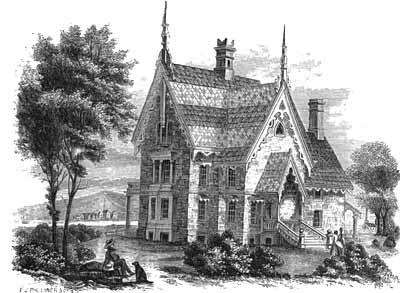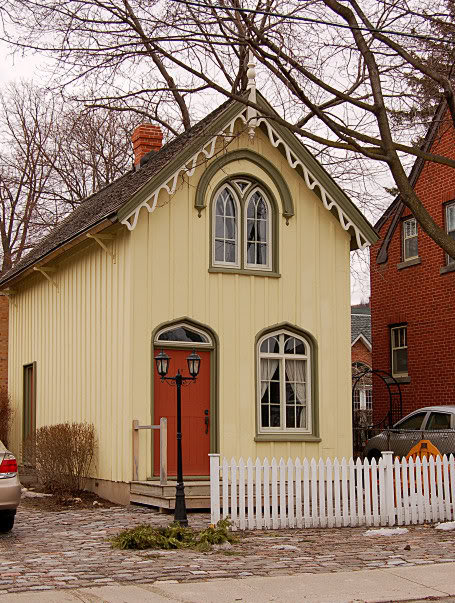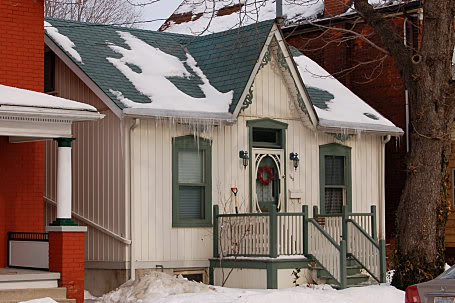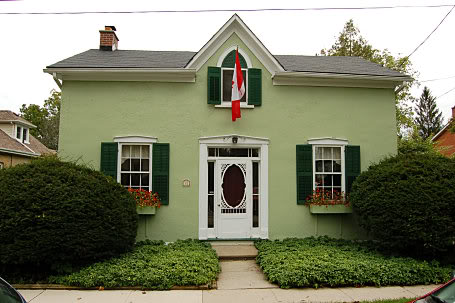You are currently browsing the tag archive for the ‘decorative’ tag.

Turkey Hood Ornament?
Thanksgiving time is upon us already! I know this because I spent tonight making a cake for the office potluck instead of writing about turkey virgin birth or whatever. However, even if I got distracted, I haven’t forgotten these magnificent birds. Here is a little gallery of turkey ornaments from around the internet (and throughout time) to help you get in the holiday mood.
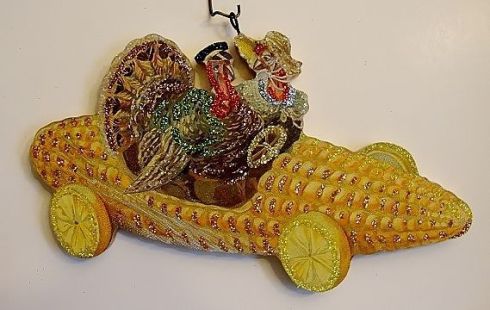
What could be more American than turkeys in a jeweled car made of corn?

These are pretty, I wonder what they are for…

These guys have a first generation Oldsmobile! What is it with turkeys and cars?

Speaking of which, this looks like another hood ornament.

Turkey lights?? Sign me up!
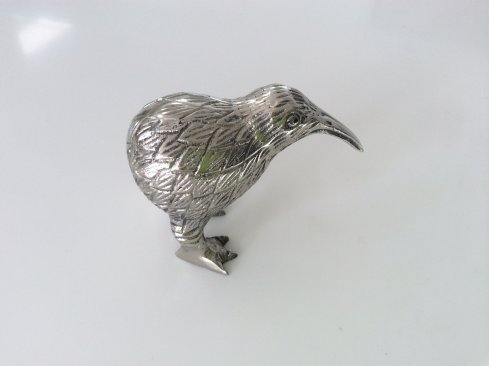
What? That’s a kiwi! Stay in your lane, New Zealand!
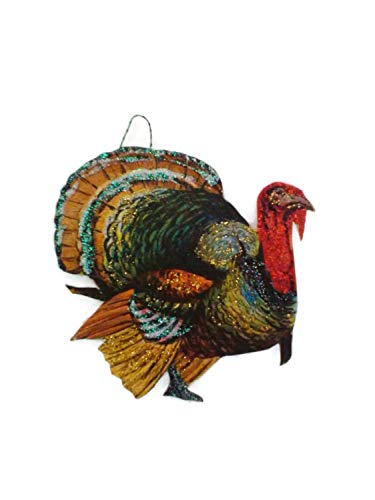
That’s more like it!

this one is cute!

Oh no! The poor bird! What have they done to you? [surreptitiously licks lips]

Here in the Northern Hemisphere, September 23rd is the Autumnal Equinox in 2015. Summer is officially over and autumn has begun. Now summer is my favorite season, and, more than ever before, it vanished like a racer snake diving into a thicket. I will miss it…and I worry that future summers will seem even shorter (if possible). But whatever the case concerning the swift passage of summer, autumn is not without its own substantial and fulsome delights. To celebrate the incipient season of harvest and abundance…and of winnowing and ending…I am putting up a gallery of fall crowns. Most of these are wreaths made of berries, chrysanthemums, and falling leaves, but a few are made of copper, bronze, and semi-precious stones.
I am surprised at how many autumn wedding pieces there are! It gives one hope! And additionally I am gratified by the number of beautiful wreathes and handmade pieces available on Etsy…which also gives one hope. Maybe society is not wholly the mass-produced over-marketed aesthetic fiasco it seems like in the New York Times. Enjoy autumn! It is a beautiful season and there are many amazing things both fair and dark to come here on Ferrebeekeeper (and probably in the world too).
Kindly accept my apologies for not writing a post last Friday: the sad exigencies of the world prevented me from finishing my week-long overview of ornamental knot designs (which included the valknut, knot gardens, the Saint Jame’s arms, and the endless knot). Today I am returning to the theme for a final post concerning Celtic knotted designs– which represent the beautiful apogee of decorative knots (with the possible exception of certain gorgeous Islamic calligraphy and artwork).
Like leprechauns and shamrocks, ornate knot designs are an iconic and instantly recognizable aspect of Gaelic culture. Yet the history of how these designs came to be synonymous with all things Hibernian is far from clear. Interlace patterns have been found in mosaics and tile work from many different parts of the Roman Empire during the fifth and sixth centuries. It has been speculated that these designs may have originated from Coptic Egyptian manuscripts, but whatever the case, the sinuous interconnected ribbons with animal heads certainly appealed to the people of Northern Europe in the waning days of Roman hegemony.
During the so-called Migration period (the period from 400 AD to 800 AD) waves of Germanic, Slavic, Mediterranean, and Steppe peoples intermingled and pushed into each other’s territory. As these peoples intermingled (and battled), looped, braided, and geometric styles of decoration grew in popularity throughout what had been the Western Roman Empire. Frequently these designs were elaborate knotted ribbons which terminated in interlocking animal heads.
By 700 AD, the style was becoming less prominent on continental Europe, however it continued to evolve in Britain, Ireland, and Scandinavia. The insular art of Irish monasteries produced unrivaled treasures such as numerous ancient stone crosses and the world famous Book of Kells, an illuminated Vulgate gospel from around 800 AD, which defies belief due to the microcosmic intricacy of its knotwork men, animals, and sacred figures.
Although the Book of Kells marks an apogee of lacework illumination, geometrical knots continued to be popular in Ireland thereafter. Right on down until today, intricate ornamental knots are a hallmark of Irish culture. For your enjoyment here is a little gallery of Celtic knots, ancient and modern.
Based on the ongoing “gothic” thread, it will probably not surprise you that I love gothic architecture. However, although I naturally esteem the great stone edifices of Medieval Europe, I equally admire small houses manufactured in the nineteenth century Gothic Revival style. As a first example of these lovely cottages, here is a stock design by Rodney Pfotenhauer, a contemporary architect (or possibly a magical being who lives in the forest).
With its emphasis on elegant vertical lines, its charming fretwork decoration, and its noble finials, gothic revival architecture is a perfect expression of nineteenth century aesthetic values. But I think the graceful style has a place in the future as well. As the great recession finally begins to recede, it seems like builders will at last start picking up their tools to make some new houses. Hopefully the burgeoning small house movement can look back towards gothic revival work for inspiration. I’d like to see strange lovely gingerbread cottages sprouting up in place of the charmless Mcmansions which have been in vogue throughout the eighties, nineties, and ‘aughts (or whatever we are calling that crummy decade).
I am already fantasizing about parking my little robot car out front of my green gothic-revival mini house. I can knock back a future drink (possibly into my regenerated liver) and wonder into my flower garden of glowing transgenic super roses and giant mutant aloes! Come on already future innovators! Don’t you guys dream about anything other than stupid PDAs?
Oh well, the future will probably end up featuring underground concrete mazes or something equally dystopian (along with increasingly expensive and fragile PDAs hosted on defective AT&T networks). In the mean time here are some other beautiful small gothic revival houses to help you while away the winter and pretend that dystopia isn’t drawing ever closer.

